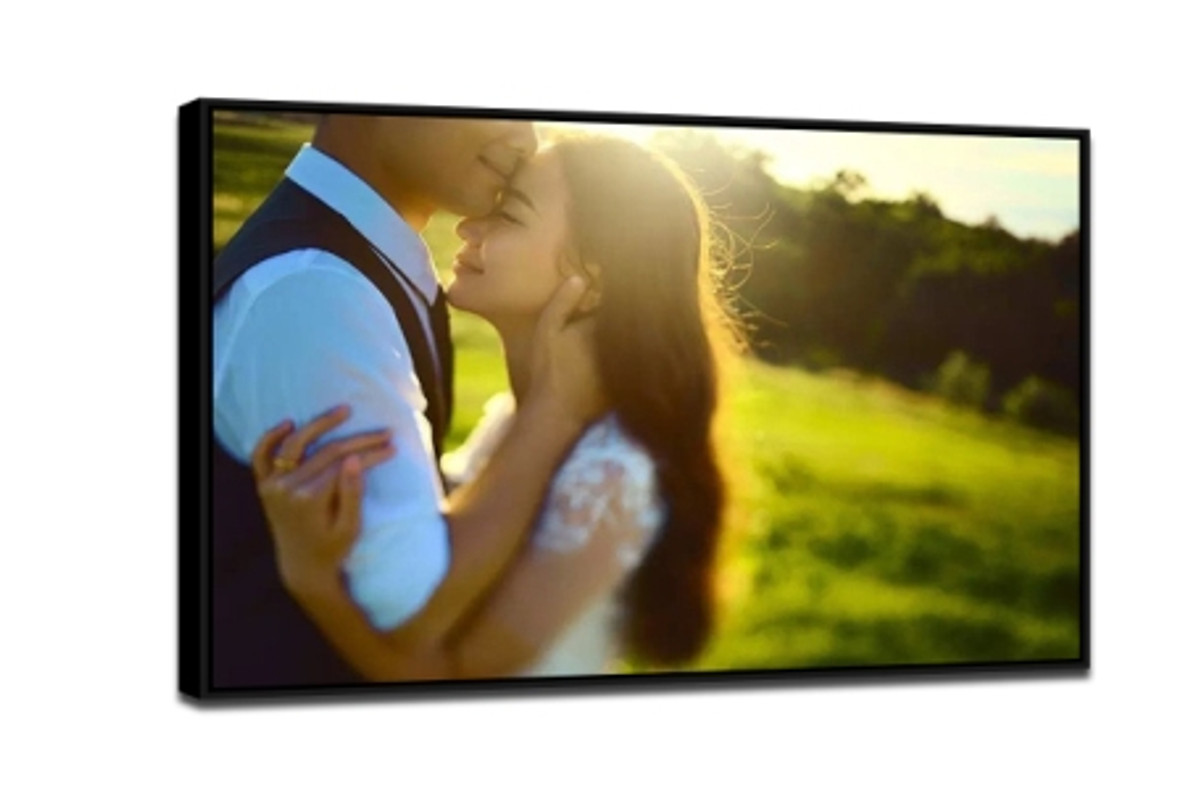Use Light Source Color Temperature to Create Stunning Wedding Photos on Canvas
Capturing the perfect wedding photo requires more than just a good camera—it’s about understanding how light shapes emotion, atmosphere, and storytelling. One often-overlooked tool that professional photographers use to create visually stunning images is light source color temperature. When mastered, it can turn ordinary wedding photos into extraordinary images that convey mood and movement. For couples who want to preserve these memories as a timeless keepsake, printing your best shots as a photo on canvas ensures that the emotional essence of your wedding day is captured in vivid, lasting detail.
Understanding Light Source Color Temperature
Color temperature refers to the warmth or coolness of a light source, measured in Kelvin (K). A lower Kelvin value (around 2000–3500K) produces warm, amber tones that evoke intimacy and romance—perfect for candlelit receptions or golden-hour outdoor ceremonies. Higher Kelvin values (5000–6500K) produce cooler, blue-white tones, which are ideal for bright daylight settings or creating contrast in modern wedding photography.
By carefully controlling the color temperature, photographers can guide the viewer’s emotions and subtly enhance storytelling. Warm tones often make photos feel cozy, nostalgic, and soft, while cooler tones convey crispness, clarity, and energy. For wedding albums or canvas prints, this choice is critical because it sets the mood that will last for decades on display.
How to Use Color Temperature to Convey Motion
One advanced technique for wedding photography is using color temperature to create a sense of movement. By mixing light sources of different temperatures, photographers can visually separate the subject from the background or create directional emphasis that simulates motion. For example:
-
Warm foreground, cool background: Using warm lighting on the bride and groom while keeping the background cooler enhances depth and focus, making the couple appear as if they’re moving through the scene.
-
Cool highlights, warm shadows: This contrast creates visual dynamics, drawing the eye along the path of the motion—perfect for capturing dances, confetti throws, or running children at the reception.
These subtle adjustments may go unnoticed by casual viewers but have a profound impact when the photo is printed as a photo on canvas, bringing the movement to life in a way digital screens cannot replicate.
Practical Tips for Wedding Photographers
-
Pre-plan lighting scenarios: Walk through the venue at the same time as the event to observe natural light. Note which areas have warm tones (sunsets, candles) versus cool tones (LEDs, windows).
-
Use gels and filters: Colored gels can modify artificial lights to match or contrast with ambient lighting, allowing for creative control over the photo’s color temperature.
-
Bracket exposures: Taking multiple shots at slightly different settings ensures that you can choose the version with the most compelling color balance and motion effect.
-
White balance adjustments: Always shoot in RAW format, so you can fine-tune white balance in post-processing to enhance motion effects and color harmony.
-
Experiment with mixed lighting: Don’t be afraid to mix warm and cool light sources. This technique adds drama and dynamism to moving subjects.
Why Printing on Canvas Elevates Your Wedding Memories
While digital displays are convenient, printing your wedding photos as a photo on canvas transforms them into a tangible, gallery-quality experience. Canvas textures add depth and warmth, enhancing the emotional impact of your carefully curated color temperatures. A moving scene captured with a blend of warm and cool lights becomes more immersive when printed on canvas, allowing the viewer to feel the energy of the moment.
Furthermore, high-quality canvas prints are durable and resistant to fading, making them an excellent long-term investment for your home. Displaying your photos in your living room or bedroom means reliving the magic of your wedding day daily, with colors that remain vivid and lifelike.
Combining Light and Composition
Mastering color temperature is only part of the equation; composition works hand-in-hand to convey motion. Use leading lines, dynamic angles, and strategic framing to complement your lighting choices. For instance:
-
Capture a couple spinning in a dance—use warmer lights on the bride’s flowing gown and cooler ambient light in the background.
-
For outdoor ceremonies, balance the natural golden-hour light with a fill flash to highlight moving subjects without overexposing the background.
When printed on canvas, these techniques create an immersive, three-dimensional effect that makes your wedding photos stand out as art rather than just pictures.
Understanding and manipulating light source color temperature is a powerful tool for wedding photographers aiming to capture movement, emotion, and atmosphere. By combining warm and cool tones strategically, you can create compelling images that truly reflect the energy of your special day.
Printing these images as a photo on canvas ensures that your memories are preserved in vivid, gallery-quality form, bringing the motion, warmth, and energy of your wedding into your home for years to come. Whether displayed in your living space or given as a cherished gift, a canvas print elevates your photos from snapshots to lasting pieces of art.
Recent Posts
-
Canvas Prints for Australian Businesses: Enhancing Branding, Offices, and Reception Areas
In today’s competitive business landscape, creating a memorable and professional impression is cruci …18th Dec 2025 -
The Ultimate Guide to Designing a Canvas Prints Gallery Wall for Beginners
Designing a gallery wall can feel overwhelming, especially if you have never done it before. Questio …15th Dec 2025 -
Why Panoramic Canvas Prints Are the Best Way to Display Your Travel Photography
Travel photography is more than just images saved on a phone or hard drive—it represents memories, e …15th Dec 2025
